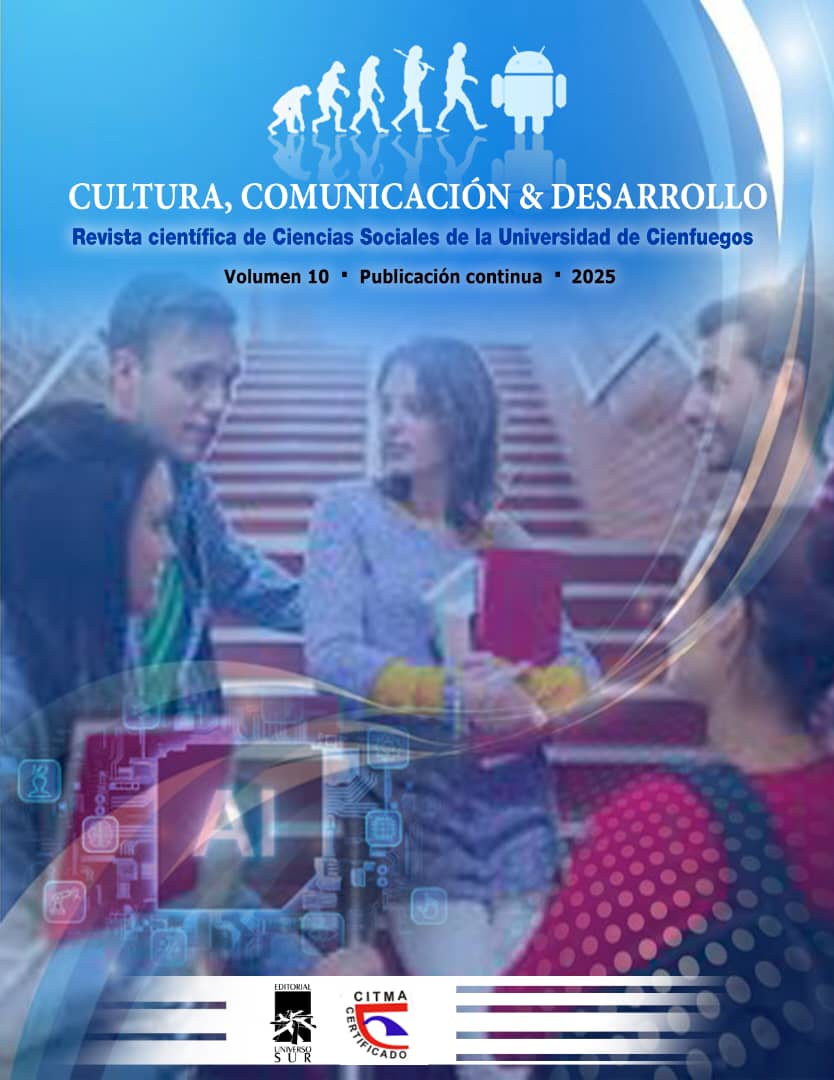Neoconstitutionalism in Ecuador: Analysis of its Impact on the Administration of Justice.
Abstract
The study critically analyzed neo-constitutionalism in Ecuador, evaluating its theoretical foundations, normative development and practical application. The objective was to provide a legal analysis of the current constitutional model, identifying its challenges, limitations and prospects for improvement. To achieve this, a comprehensive methodological approach was used that combined qualitative and quantitative methods, including a structured survey applied to a representative sample of 150 participants, including judges, lawyers and academics. The data were analyzed with statistical techniques and the TOPSIS multi-criteria method, in order to formulate proposals to improve the legal system.
The results showed a moderate acceptance of neo-constitutionalism, with a recognition of advances in the protection of rights, but also criticism about the disconnection between constitutional principles and their practical implementation. The lack of specialized training in the Constitutional Court and the influence of political interests that affected the application of public policies were highlighted.
The conclusions suggested that, although the neo-constitutionalist model had a solid theoretical framework, its actual application faced significant deficiencies, such as lack of control, institutional weakness and the persistence of traditional practices. A structural reform was recommended that guaranteed judicial independence, respect for collective rights and better training in constitutional principles.
Keywords:
Neo-constitutionalism, Rights, Constitutional Court, Structural reform, TOPSIS.
Downloads
Published
How to Cite
Issue
Section
License
Copyright (c) 2025 Revista Científica Cultura, Comunicación y Desarrollo

This work is licensed under a Creative Commons Attribution-NonCommercial-NoDerivatives 4.0 International License.
© Podrá reproducirse y socializarse, de forma parcial o total, el contenido de esta publicación, sin fines comerciales, siempre que se haga de forma literal y se mencione la fuente.


